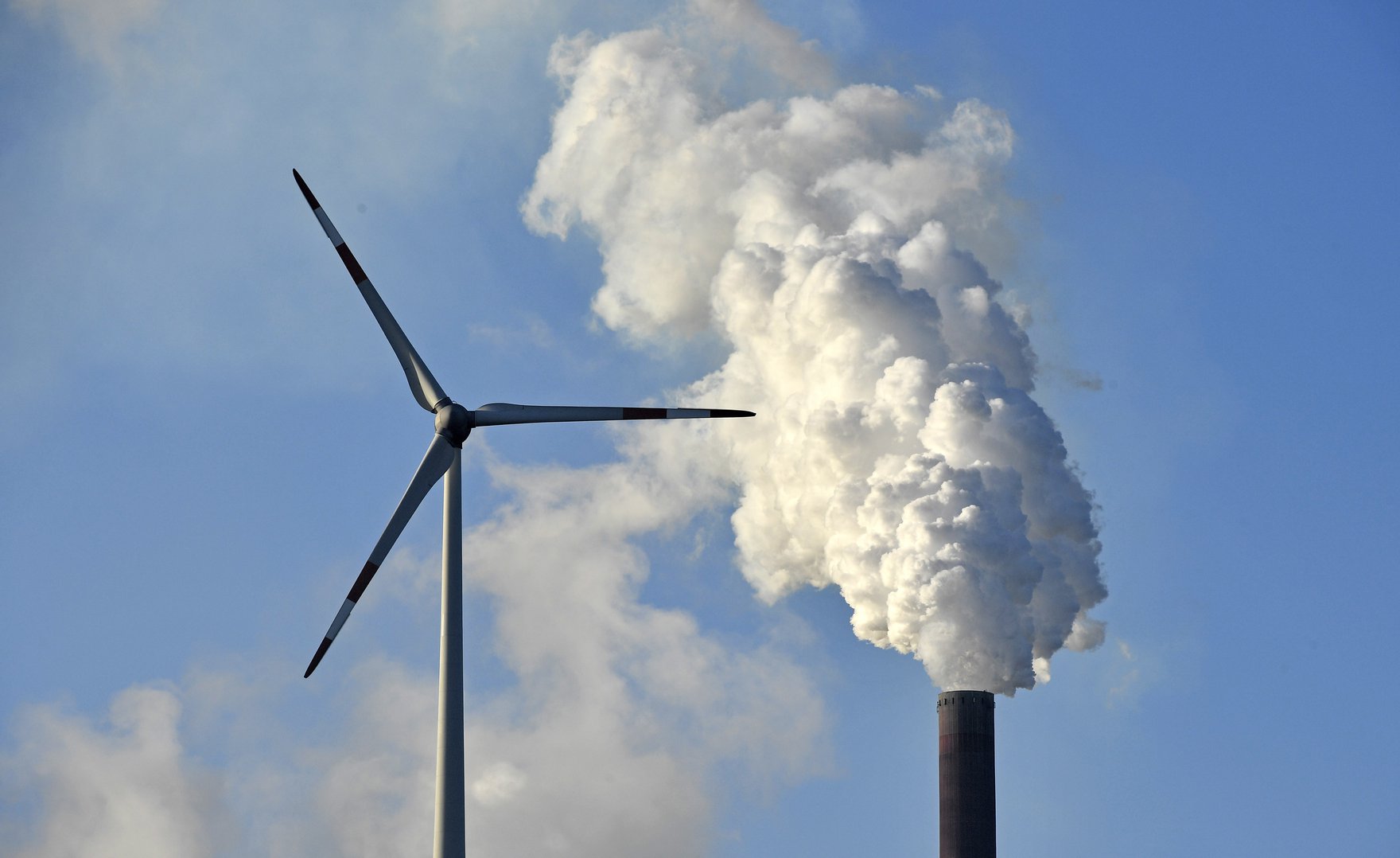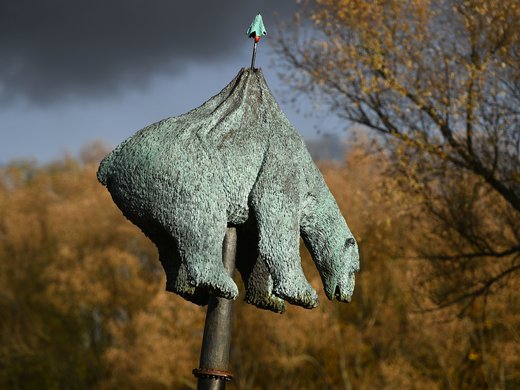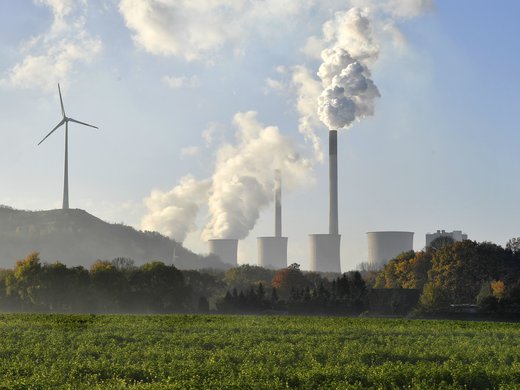Last month, the Twenty-third Conference of the Parties (COP23) to the United Nations’ Framework Convention on Climate Change (UNFCCC) adopted a decision on the Local Communities and Indigenous Peoples Platform, identifying a new pathway for its further operationalization at COP24 (to take place in December 2018 in Katowice, Poland). There is much to celebrate about the cooperative, inclusive and open process leading up to the COP decision, as well as in terms of the language of the COP decision. However, significant tensions remain between Indigenous peoples and state parties — tensions that cannot be addressed by a single decision text.
The Decision
The text of the COP decision begins by acknowledging the parties’ responsibilities to respect, promote and consider the rights of Indigenous peoples when taking action on climate change, as well as their commitments to the United Nations Declaration on the Rights of Indigenous Peoples. The text then states the objectives of the platform: to strengthen the knowledge, technologies, practices and efforts of Indigenous peoples; to facilitate the exchange of experience and best practices on mitigation and adaptation; and to enhance the engagement of Indigenous peoples in the UNFCCC process. The parties agreed to convene a multi-stakeholder workshop co-moderated by the Subsidiary Body for Scientific and Technological Advice (SBSTA) chair and a representative of local communities and Indigenous peoples’ organizations. They also committed to considering the establishment of a facilitative working group and the corresponding modalities for a work plan to be submitted for adoption at COP24.
A Number of Firsts
In order to fully analyze the decision, we must separate the substance of the decision from the process behind it: the negotiation.
The negotiating process was unique in many ways. To begin with, all negotiations — including the informal sessions — were open to all non-party observers. Furthermore, party negotiators frequently called on Indigenous peoples’ representatives to provide substantive input on the text relating to rights, Indigenous knowledge systems and the UN Declaration on the Rights of Indigenous Peoples. Beyond this, the principles put forth by the International Indigenous Peoples’ Forum on Climate Change (IIPFCC) were adopted verbatim in paragraph 8 of the COP decision. This type of engagement in the negotiation process is unprecedented for Indigenous peoples. At the closing of the high-level segment, India Logan-Riley, a Maori from the Pacific region, spoke to this shared sentiment on behalf of the Indigenous peoples’ constituency, appropriately characterizing the process as reflective of a “new fire, a fire of willingness and inclusion, cooperation between Indigenous peoples and parties in good faith...”
Despite this positivity, the substance of the COP decision was business as usual for the UNFCCC. Most of the language in the purpose and functions can be found in an August summary report produced by the UNFCCC Secretariat on the multi-stakeholder dialogue held at SBSTA’s forty-sixth session in May 2017. The seven days of negotiation in November at SBSTA’s forty-seventh session were largely an exercise in wordsmithing.
A Platform for Whom?
Under the current draft rules of procedures, the UNFCCC is entirely a party-driven process. Only a handful of exceptions exist where decision-making responsibilities have been shared with non-party actors (the Consultative Group of Experts on National Communications, for instance). This was the real sticking point during the negotiations: the platform’s structure.
Although the prevailing atmosphere was celebratory, there were discouraging undertones. Parties debated how much decision-making power should be conceded to “non-party stakeholders” under the existing rules. The answer resulting from this negotiation was, disappointingly and yet predictably, “none,” in direct reference to the need for the “facilitative working group” to remain a non-negotiating body under the UNFCCC.
This is a clear example of the current position of Indigenous peoples in the international climate negotiation: a position where Indigenous peoples’ self-determination and sovereignty are subjugated by parties. The current rules of the UNFCCC — as well as other UN bodies — arbitrarily choose parties’ decision-making processes over the decision-making processes and legal order of Indigenous peoples, as embodied in the UN Declaration on the Rights of Indigenous Peoples.
Even the path forward, as laid out, is similar. Apart from the responsibility of the co-moderators to provide “…an equal contribution to the design of the workshop” (para. 9), it is almost identical to the pathway identified in the COP22 decision in Marrakech by the Moroccan presidency (paras. 165–69).
A familiar question therefore remains: Who exactly is the platform for?
It might look like a significant proportion of the COP decision is reflective of the initial positions of Indigenous peoples and their representative organizations on the proposed content, structure and function of the platform (as submitted in March 2017). However, dig a little deeper and some incongruencies between the COP decision and the Indigenous peoples’ submissions become apparent.
Take for example, the parties’ commitment to “respect, promote and consider their respective obligations on the rights of indigenous peoples.” While this is a positive step, it is a far cry from the language used by the Assembly of First Nations and other representatives of Indigenous peoples in their submitted proposals, which asserted that the platform “must be carried out through the lens of the United Nations Declaration on the Rights of Indigenous Peoples, as well as the human rights mandate described in the Paris Agreement.”
If parties want to honour their commitment to the UN Declaration on the Rights of Indigenous Peoples, our collective work on climate change must prioritize, empower and support Indigenous peoples’ full and effective participation, based on our right to self-determination and to participate in decision-making through representative institutions. Doing so includes allowing Indigenous peoples to define what “full and effective” participation means. Ultimately, the platform must be directed by Indigenous peoples and their representatives, for Indigenous peoples.
Again, much is to be celebrated about the platform decision. It is a step in the right direction. The unfortunate reality of the UNFCCC process, however, is that it is slow. In the meantime, Indigenous peoples will continue to engage with the United Nations in a spirit of good faith and continue to push for enhanced procedures to enable their participation in all relevant work of the UNFCCC.
Authors’ Note
The views presented in this opinion piece reflect those of the authors alone, and do not necessarily reflect the views of the Assembly of First Nations or their affiliates.



